#NHTSA
General Motors Ends NHTSA Safety Oversight, Promises to Keep in Touch
General Motors’ safety practices are no longer under the watchful eye of the National Highway Traffic Safety Administration. The three-year oversight period was part of a settlement GM reached with U.S. regulators back in May 2014, resulting from its failure to recall defective ignition switches attributed to 124 deaths and countless injuries.
While NHTSA’s role as General Motors’ personal watchdog ended last month, the automaker said it intends to continue meeting with the agency on a monthly basis to discuss potential defects. It also stated that the time spent with the regulator had been transformative, leading to a safer environment and more stringent quality control.
Tesla's Autopilot Alerted Driver to Retake Wheel Seven Times Prior to Fatal Crash
The National Transportation Safety Board has finally concluded its investigation into a May 2016 crash in Florida that resulted in the death of 40-year-old Joshua Brown. The ex-Navy SEAL’s Tesla Model S was operating in Autopilot mode when it collided with a semi trailer, raising speculation that the semi-autonomous driving feature was the reason for the accident.
While Tesla has repeatedly called the system a lane-keeping “assist feature” and suggested drivers always keep their hands on the wheel, consumer safety groups have urged the automaker to improve it.
An earlier investigation by the National Highway Traffic Safety Administration stated in January that the Autopilot software in Brown’s car did not have any safety defects. However, the NTSB stated that data acquired from the vehicle’s computer indicated that neither the vehicle nor its operator made any attempt to avoid the truck. It also specified that the vehicle had issued seven warnings for Brown to retake the wheel.
In the 37 minutes leading up to the fatal crash, the report said the car detected hands on the steering wheel for a total of 25 seconds.
Republican Proposal Would Block States From Setting Self-driving Rules
A coterie of Republican officials believe individual states should be forbidden from governing themselves in regard to autonomous vehicles. Only in its commencement, a new U.S. House proposal claims states would not be within their rights to mandate the design or testing of self-driving cars.
If made law, the proposal would eliminate the need for automakers to acquire any pre-market approval from federal regulators. While that sounds like a free-for-all ripe for accountability issues, several states already have laissez-faire or highly supportive attitudes when it comes to autonomous vehicles, though others could become serious headaches for automakers hoping to swiftly get the technology on the road.
The 45-page legislative draft includes 14 bills and would designate the U.S. National Highway Traffic Safety Administration as the primary agency for regulating self-driving cars. It’s aggressively pro-business and, despite being penned by Republicans, has managed to achieve some bipartisan support.
When Will Automatic Braking Become Standard Equipment?
There was a time when seat belts were considered unnecessary, reserved as an optional extra for motorists who ventured out onto roadways in a state of white-knuckle fear. What pathetic bags of flesh, many thought, wrapping themselves in a polyester harness because they can’t handle themselves on the road — thinking it will save them from the reckoning of sheet metal and glass.
We know better now. Seat belts are proven life savers and advanced restraint systems are compulsory for both automakers and occupants. That will likely be the path of automatic emergency braking takes as well. Nissan announced Thursday it would make auto braking systems standard on a large portion of 2018 models sold in the United States. Toyota is doing the same. But the technology is not yet ubiquitous, nor has it acquired universal public approval. Many worry it could be too invasive or provide a false sense of invincibility, so it could be a while before AEB becomes expected equipment on all new models.
NHTSA Investigating Faulty Airbag System in Jeep Liberty; Preexisting Recall on Older Models
The National Highway Traffic Safety Administration is conducting a preliminary investigation regarding the 2012 Jeep Liberty’s airbag system after numerous complaints of a faulty control computer, leaving the safety measure non-functional in the event of an accident. That particular model year has already undergone a 2013 recall that required dealerships to re-flash the brand’s Totally Integrated Power Module for similar problems relating to non-deployment of active head restraints.
Owners have reported airbag warning lights remaining on while driving. Several were informed the occupant restraint controller (ORC) needed to be replaced, but their vehicle was not among the model years recalled. Since many drivers elected not to pay to have the system repaired, the NHTSA is concerned a recall may be necessary.
NHTSA Opens Investigation Into Hyundai's Theta II Engine Debris Recalls
The timeliness of a recall of Hyundai and Kia vehicles equipped with Theta II four-cylinder engines is the focus of a formal National Highway Traffic Safety Administration investigation revealed today.
Metal engine debris resulting from a faulty production process is behind the expansive recall of nearly 1.7 million vehicles, but the NHTSA wants to know if the recall expanded too slowly. Just how much Hyundai knew about the widespread issue is a big question mark, made all the more pressing by the testimony of a company whistleblower.
NHTSA Takes a Dim View of Old GM Headlights… Again
Following a raft of complaints, the National Highway Traffic Safety Administration has once again turned its attention to the headlights of pre-bankruptcy era General Motors vehicles. Apparently, the first two recalls for the exact same problem might not have culled all of the automaker’s wonky low beams.
The 312,000 vehicles involved in the NHTSA investigation span a fateful period for the automaker. While GM’s future at the time wasn’t bright, neither were its low beams. Owners have complained the lights can shut off unexpectedly, sending one driver on a date with a creek.
That's Off-The-Record: A CAFE With a Bad Menu
Not to go all political on you, but it’s amazing how President Obama acted more like a bitter foreclosure victim — one who goes nuts and destroys as much of the house as they can, just short of being arrested for vandalism — during his last days in office, and not a graceful man given two terms as the leader of the free world.
Mr. Obama did this in two ways: one action affected a short list of government folk, and the other impacted one of the most important industries in our lives — the auto industry.
The short-listed government victims are those affected by Obama’s order to share dirt on people talking with “foreigners.” It’s against the law — but when did that stop the former President? What’s worse, and perhaps deadly, is Mr. Obama’s decision to renege on his promise to check and perhaps re-adjust the daunting future Corporate Average Fuel Economy (CAFE) standard his administration first put in place in 2009, which the administration made even wackier in 2011.
California Maintains Obama-era Emissions Rules in Affront to Trump's EPA
California has green-lit light-vehicle pollution targets that the Trump administration has placed under review. As expected, t he Golden State is going to continue playing hardball over Environmental Protection Agency regulations.
Already critical of the automotive industry for asking the president to reconsider federal guidelines through 2025, the California Air Resources Board hinted that it wouldn’t stray from the emission targets set by the Obama administration in 2012. On Friday, CARB finalized its state emissions rules while setting an updated ordinance on zero-emission vehicles. “We’re going to press on,” said Mary Nichols, head of the board, during last week’s press conference.
Fuel Regulation Compliance Costs Could Be 40% Lower Than EPA Estimate
An economic assessment conducted by the International Council on Clean Transportation found that, due to recent improvements in technology, the Environmental Protection Agency’s rationale for its 2025 fuel efficiency standards may have overestimated the cost for automakers to comply. The ICCT’s study shows average per-car investments 34 to 40 percent lower than the previous EPA appraisal.
While this information, had it come out sooner, may not have kept automotive executives from bending the president’s ear to reevaluate EPA guidelines, it certainly reframes their reasons for doing so. The ICCT, famous for turning researchers loose on Volkswagen diesels, makes a good case that manufacturers have the tools to meet current standards without spending a lot of money.
IIHS Announces Award for Not Decapitating Drivers With a Tractor Trailer
The next time you’re driving behind a semitrailer take notice of that metal bumper hanging off the back. That’s the underride guard, and its job it to prevent your minuscule hatchback from hurdling beneath its hulking mass on the off chance that you have a collision.
Sadly, not all guards are created equal and some buckle during an accident — allowing the car’s passenger compartment to impact the rear of the trailer, frequently shearing off the part of the vehicle that your head occupies.
To further scare you out of tailgating trucks, the Insurance Institute for Highway Safety released a 2011 report stating that the majority of those guards would fail and that the National Highway Traffic Safety Administration’s minimum structural guidelines for underride bars was inadequate. While some manufacturers had begun installing stronger and safer guards, mainly to satisfy higher Canadian standards, the initial round of IIHS’ testing resulted in most underride guards failing in a 30-percent overlap test.
Dizzying Number of Exhaust-in-cabin Reports Plague Ford's Explorer
After the National Highway Transportation Safety Administration launched an investigation into reports of a sulphurous exhaust smell in the cabins of 2011-2015 Ford Explorers, numerous complaints have rolled in concerning newer models.
Now, a California police officer claims the exhaust led him and his patrol vehicle on a date with a tree.
Not Wanting Owners to Play With Fire, Lamborghini Recalls 5,900 Aventadors, All Venenos
A recall report issued by the National Highway Traffic Safety Administration will have some owners of Aventador and Veneno models donning their flame retardant suits before hopping behind the wheel.
FCA Vehicles Top Safety Complaints Study; Lauded Electrics Don't Fare Well, Either (UPDATE)
Update: It was brought to our attention by a spokesperson for FCA that iSeeCars.com’s study includes complaints about parts availability for recall campaigns, which in and of themselves are not necessarily safety issue complaints. These complaints can skew the per-model results in a big way. While iSeeCars works out the data, take the results below with a grain of salt as they will more than likely change. —Mark
Update 2: iSeeCars retabulated the data for the below-mentioned study without recall parts availability complaints and came up with the same top 10 results. Still, the fact remains, not all NHTSA complaints are verified; anyone can submit a complaint, regardless of whether they own said vehicle. In 2010, Toyota ran into problems verifying complaints from NHTSA’s database, and Tesla more recently had issues with one particularly problematic complainer … from Australia.
Safety complaints come in all forms, some of them frivolous, but minor annoyances usually fail to make the attention of the National Highway Traffic Safety Administration.
When all safety complaints leveled against a model are weighed against the volume of vehicles sold, potential customers are left with a clearer picture of what headaches they might expect after signing on the dotted line. Meanwhile, automakers could realize they have a problem to fix.
In a recent study based on NHTSA complaints, one brand showed why quality control is key to keeping a loyal customer base, and how problems in the past can haunt a company for years.
Government Gearshifts? Head-scratching Shifters Shouldn't Make It to Market, Says Ex-NHTSA Head
Parking your car at Walgreens shouldn’t require a tutorial.
That’s the gist of comments made by outgoing National Highway Traffic Safety Administration administrator Mark Rosekind, who really doesn’t like fancy, overly complex automatic transmission gearshifts.
In fact, if Rosekind had his way, automakers would need a green light from the country’s road safety regulator before incorporating a new gearshift design into a production vehicle.




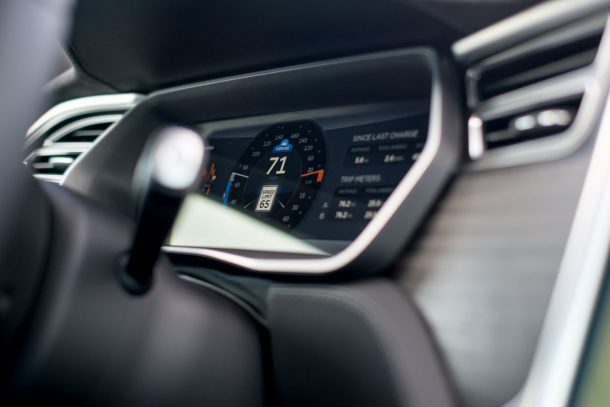




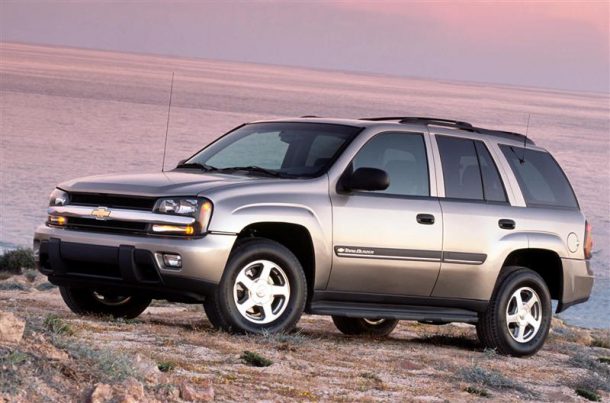


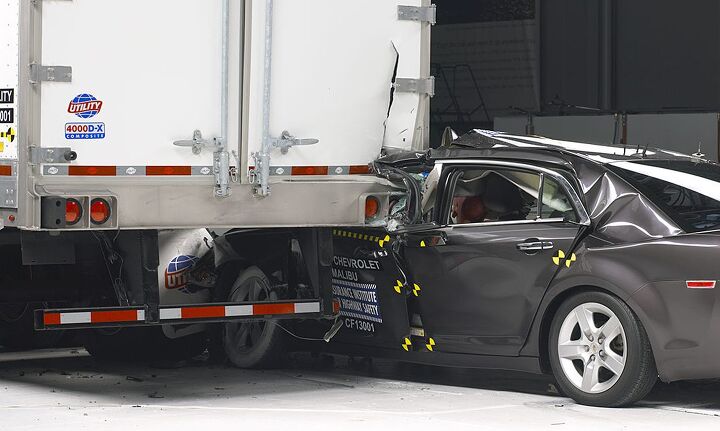
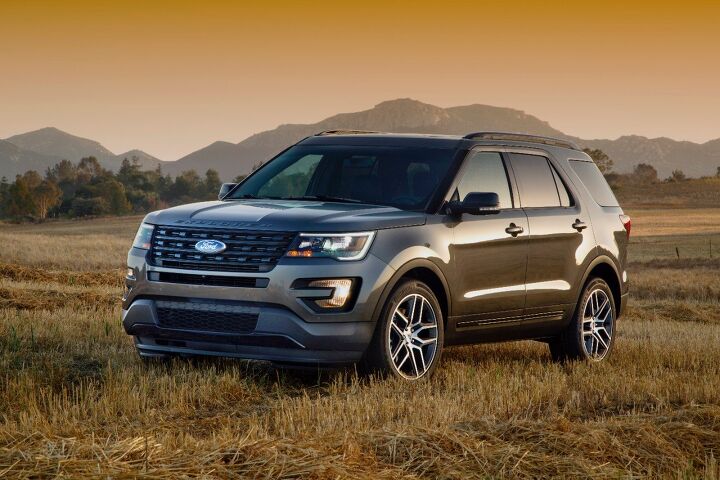


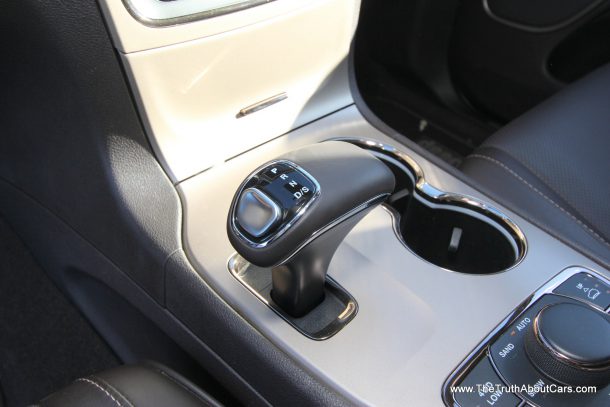












Recent Comments